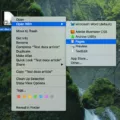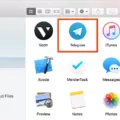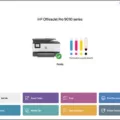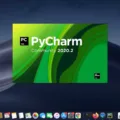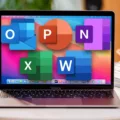Emulators have become increasingly popular among computer users, especially those who want to run software or programs that are not compatible with their operating system. One common scenario is running 64-bit programs on a 32-bit version of Windows 7. In this article, we will explore three solutions to overcome this limitation and enable the use of 64-bit programs on a 32-bit Windows 7 system.
The first solution is to download and install the 32-bit version of the program you want to run. This is the most straightforward approach and should work for most cases. Many software developers provide both 32-bit and 64-bit versions of their programs, so make sure to check their website or software distribution platforms for the appropriate version. By installing the 32-bit version, you can bypass the compatibility issue and run the program smoothly on your 32-bit Windows 7.
However, if the 32-bit version of the program is not available or if you specifically need the 64-bit version, you can consider upgrading your operating system to a 64-bit version of Windows. This brings us to the second solution, which is upgrading from a 32-bit to a 64-bit version of Windows 7. This process involves reformatting your hard disk and performing a clean install of the 64-bit version of Windows 7. It is important to note that this option requires backing up your data and reinstalling all your software and programs after the upgrade. While this solution may seem drastic, it allows you to fully utilize the capabilities of a 64-bit system and run any 64-bit program without compatibility issues.
If upgrading to a 64-bit version of Windows is not a viable option for you, there is a third alternative. You can use virtualization software like VMware to create a virtual machine running a 64-bit operating system. With this approach, you can install the 64-bit version of Windows as a virtual machine within your 32-bit Windows 7 environment. This allows you to run 64-bit programs within the virtual machine while still using your 32-bit operating system for other tasks. However, it is important to note that running a virtual machine requires additional system resources and may result in slower performance compared to running the program natively on a 64-bit system.
There are multiple solutions available for running 64-bit programs on a 32-bit Windows 7 system. You can either download and install the 32-bit version of the program, upgrade to a 64-bit version of Windows 7, or utilize virtualization software to run a virtual machine with a 64-bit operating system. Consider the specific requirements of your software and choose the solution that best fits your needs and resources.
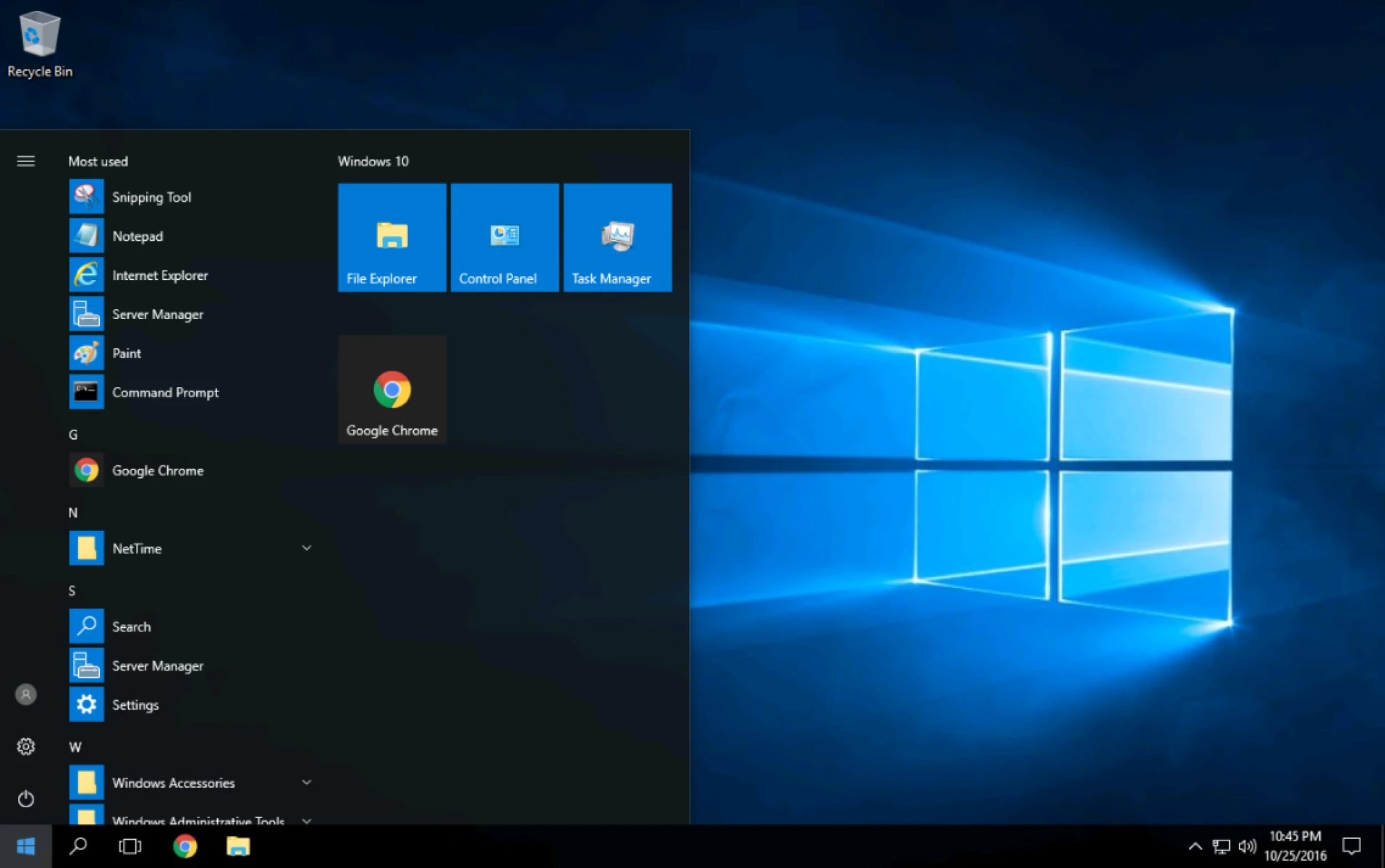
How to Play 64-bit Games on 32-bit Windows 7?
To play 64-bit games on a 32-bit Windows 7 operating system, you have a few options to consider. Here are three possible solutions:
1. Option 1: Download and Install the 32-Bit Version of the Game
– This is the most straightforward option if a 32-bit version of the game is available.
– Visit the game developer’s website or a trusted software download site to find the 32-bit version of the game.
– Download the 32-bit installer and follow the installation instructions to install the game on your 32-bit Windows 7 system.
– Keep in mind that some games may not have a 32-bit version available, so this option may not always be possible.
2. Option 2: Upgrade Windows 7 from 32-Bit to 64-Bit
– This option involves upgrading your operating system from 32-bit to 64-bit, allowing you to run 64-bit games.
– Before attempting this, make sure your computer’s hardware is compatible with a 64-bit operating system. Check the system requirements for Windows 64-bit installation.
– Back up your important files and data before proceeding, as upgrading the operating system may result in data loss.
– Obtain a 64-bit Windows 7 installation disc or download the ISO file from the official Microsoft website.
– Follow the installation instructions provided with the Windows 7 installation disc to upgrade your operating system to 64-bit.
– After the upgrade is complete, you should be able to install and play 64-bit games on your Windows 7 system.
3. Option 3: Use Virtualization Software (e.g., VMware)
– Another alternative is to use virtualization software to create a virtual machine (VM) that runs a 64-bit operating system.
– Install a virtualization software such as VMware, which allows you to create a virtual environment within your 32-bit Windows 7 system.
– Set up a virtual machine with a 64-bit operating system (e.g., Windows 10 64-bit) within the virtualization software.
– Install the game within the virtual machine, and you should be able to play 64-bit games.
– Keep in mind that running a virtual machine requires sufficient system resources, including RAM and CPU power, to ensure smooth gameplay.
Please note that these options may have certain limitations and requirements, so it’s essential to research and understand the specific requirements of the game you wish to play and your computer’s capabilities before proceeding.
Can Windows 7 32-bit Be Upgraded to 64-bit?
Windows 7 32-bit cannot be directly upgraded to the 64-bit version. The upgrade process involves reformatting your hard disk and performing a clean installation of the 64-bit version of Windows. This means that you will need to back up all your files and programs before proceeding with the upgrade.
Here is a step-by-step guide on how to upgrade from Windows 7 32-bit to 64-bit:
1. Back up your files: Transfer all your important files, documents, photos, and videos to an external storage device or cloud storage service to ensure you don’t lose any data during the upgrade process.
2. Check hardware compatibility: Verify that your computer’s hardware is capable of running a 64-bit operating system. Most modern computers should support 64-bit, but it’s always a good idea to double-check. Ensure that you have a 64-bit processor, sufficient RAM (at least 4GB is recommended), and compatible drivers for your hardware devices.
3. Obtain a 64-bit Windows installation disc or USB drive: You will need a copy of the 64-bit version of Windows 7 installation media. This can be either a DVD or a USB drive with the Windows 7 64-bit installation files. You can purchase a copy from Microsoft or obtain it from other legitimate sources.
4. Backup your product key: If you have a valid product key for your current 32-bit version of Windows 7, make sure to write it down or store it in a safe place. You will need this key to activate your new 64-bit installation.
5. Format your hard drive: Before installing the 64-bit version, you need to reformat your hard disk. This will erase all the data on your drive, so ensure you have backed up everything important. To format your hard drive, boot your computer from the Windows installation media, and follow the prompts to delete the existing partitions and create new ones.
6. Install Windows 7 64-bit: Insert the 64-bit Windows 7 installation disc or USB drive into your computer and start the installation process. Follow the on-screen instructions to install the 64-bit version of Windows onto your freshly formatted hard drive. You may need to enter your product key during the installation process.
7. Reinstall applications and restore files: Once the installation is complete, you will need to reinstall all your applications and restore your files from the backup you created earlier. Make sure to install only 64-bit compatible versions of your software.
8. Install drivers: After reinstalling your applications, you will also need to install 64-bit drivers for your hardware devices. Visit the manufacturers’ websites to download the latest 64-bit drivers for your specific hardware components.
9. Activate Windows: use your product key to activate your newly installed 64-bit version of Windows 7. Follow the activation prompts on your screen or use the automated phone activation system if necessary.
Remember that upgrading from 32-bit to 64-bit requires careful planning and preparation, as it involves a complete reinstallation of the operating system and all your software. Ensure you have sufficient backups and all the necessary installation media and product keys before proceeding.
Can You Install Windows 10 64-bit on Windows 7 32-bit?
It is not possible to directly install Windows 10 64-bit on a computer running Windows 7 32-bit. However, you can perform a two-step process to achieve this upgrade.
Here’s the detailed process:
Step 1: Upgrade from Windows 7 32-bit to Windows 10 32-bit
– First, make sure that your computer meets the system requirements for Windows 10. Check the processor, RAM, and storage requirements.
– Backup all your important files and data to an external storage device or cloud storage.
– Purchase a Windows 10 license or obtain it through the free upgrade offer if you are eligible.
– Download the Windows 10 Media Creation Tool from the official Microsoft website.
– Run the Media Creation Tool and select the option to upgrade this PC now.
– Follow the on-screen instructions to complete the upgrade process. This will install Windows 10 32-bit on your computer while keeping your files and applications intact.
Step 2: Perform a clean install of Windows 10 64-bit
– After successfully upgrading to Windows 10 32-bit, you will need to perform a clean install of Windows 10 64-bit to switch from 32-bit to 64-bit architecture.
– Create a bootable USB drive or DVD with the Windows 10 64-bit installation media. You can use the Media Creation Tool for this purpose.
– Restart your computer and boot from the USB drive or DVD.
– Follow the prompts to install Windows 10 64-bit. During the installation process, choose the option to perform a clean install, which will erase all the data on your computer’s hard drive.
– After the installation is complete, you will have a fresh installation of Windows 10 64-bit on your computer.
It is important to note that performing a clean install will erase all your files and applications, so make sure to back up everything important before proceeding. Additionally, ensure that you have the necessary drivers and software compatible with Windows 10 64-bit before starting the installation process.
While there is no direct upgrade path, following the two-step process mentioned above will allow you to install Windows 10 64-bit on your computer running Windows 7 32-bit.
Conclusion
Using an emulator is a viable solution for running 64-bit programs on a 32-bit Windows operating system. While the process may require some technical expertise and additional software, it provides a workaround for users who are unable to upgrade their operating system or hardware.
One option is to download and install a 32-bit version of the program on the 32-bit OS. This is the normal way and may be suitable for some users, especially if the program is available in both 32-bit and 64-bit versions. However, it may limit the functionality or performance of the program compared to its 64-bit counterpart.
Another option is to upgrade the Windows operating system from 32-bit to 64-bit. This is the most recommended choice as it allows for full utilization of the hardware capabilities and compatibility with all 64-bit programs. However, it requires reformatting the hard disk and reinstalling everything, which can be time-consuming and may result in data loss if not done properly.
An alternative solution is to use a virtual machine software like VMware. This allows running a 64-bit operating system within the 32-bit environment, effectively enabling the execution of 64-bit programs. While this method requires additional resources and may have some performance overhead, it offers flexibility and compatibility for running a wide range of 64-bit applications.
The choice of using an emulator depends on the specific circumstances, technical capabilities, and preferences of the user. It is important to consider the limitations and implications of each method before deciding on the best approach for running 64-bit programs on a 32-bit Windows operating system.






